|
An old African proverb suggests that it takes a village to raise a child -- but what does it take to protect and promote a watershed, specifically the massive 11,000-square-mile network of tributaries and communities within more than 20 counties that feed into the North and West branches of the Susquehanna River?
Obviously more than one person or even one association -- it takes a team of dedicated individuals who value clean water and have a vested interest in our natural resources.
1 Comment
Slowly and methodically, a hub cap-sized snapping turtle inched its way across New Columbia Road, and I felt compelled to help.
My family and I just left our campground to grab a bite to eat, and this poor reptile — seemingly lethargic and docile — was oblivious to the dangers of crossing such a well-worn piece of asphalt. “Life jackets?”
“They’re on the back seat,” I answered my friend who was taking out his dad’s small bass boat for the first time on the Susquehanna. With an equal mix of excitement -- and nervousness -- we went around the boat, making sure everything was in place. We had a pair of oars in case the old 20-horsepower motor failed. We had the anchor, we had our fishing gear and a cooler with lunch. Everything seemed to be in place. Join Middle Susquehanna Riverkeeper John Zaktansky and board member Caz Russell as they share some tips for boating safety. Before hitting the water, it is important to read through the Pennsylvania Fish and Boat Commission's Boating Handbook. Check it out by clicking here.
Picking up litter is a valuable way to clean up the watershed and a great way to connect your family with our natural resources -- as long as you make sure everyone is safe.
The Middle Susquehanna Riverkeeper Association hosted photo and poetry contests during the coronavirus quarantines as a way to encourage families to get outdoors and reconnect with nature while staying properly distanced.
Of all the birds of prey found throughout Pennsylvania, the Northern Goshawk may be the most elusive — not a surprise for a bird nicknamed the “ghost of the forest.”
Which is why Mike Dupuy, executive director of the newly formed Goshawk Society, is offering incentives to turkey hunters and others who are outdoors this spring for their help. Intermingling sets of roots weave their way through the soil and ultimately preserve stream banks that receive a constant barrage of wear and tear from running water and various debris that floats down the waterways.
But what happens when the vegetation that produces the various root systems is removed? Due to lingering restrictions tied to the coronavirus situation, the Hiawatha Paddleboat is unable to run cruises during the month of June. The change has bumped two Floating Classroom sessions from June until later in the summer.
Each one of us has been impacted in numerous ways by the coronavirus situation. It has changed how we socialize, shop and spend time as families. Typical springtime rites of passage have been replaced with confinement, masks and anxiety over how to make ends meet as financial resources dry up.
Like a boulder dropped in the middle of a large lake, the ripple effects of this global pandemic continue to range out beyond immediate family issues. Many small businesses, nonprofits and other groups are not sure if they will be able to make it back from this situation. |
AuthorsRiverkeeper John Zaktansky is an award-winning journalist and avid promoter of the outdoors who loves camping, kayaking, fishing and hunting with the family. Archives
July 2024
Topics |
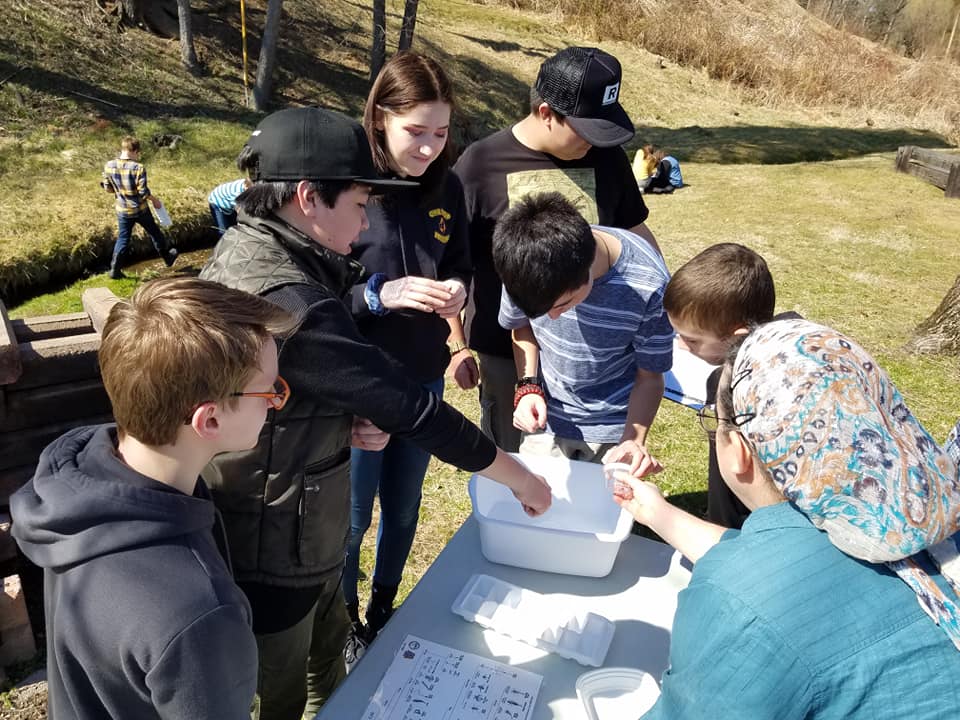
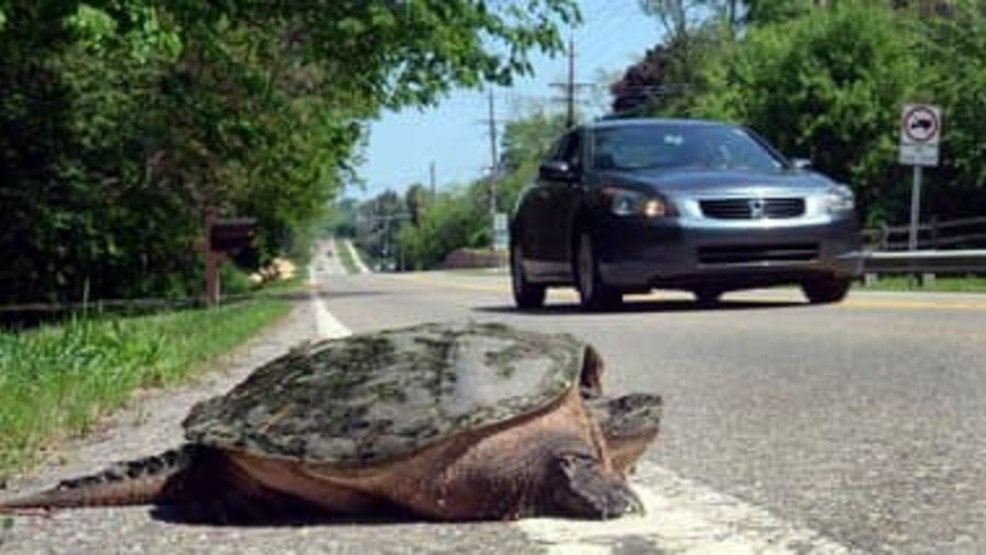
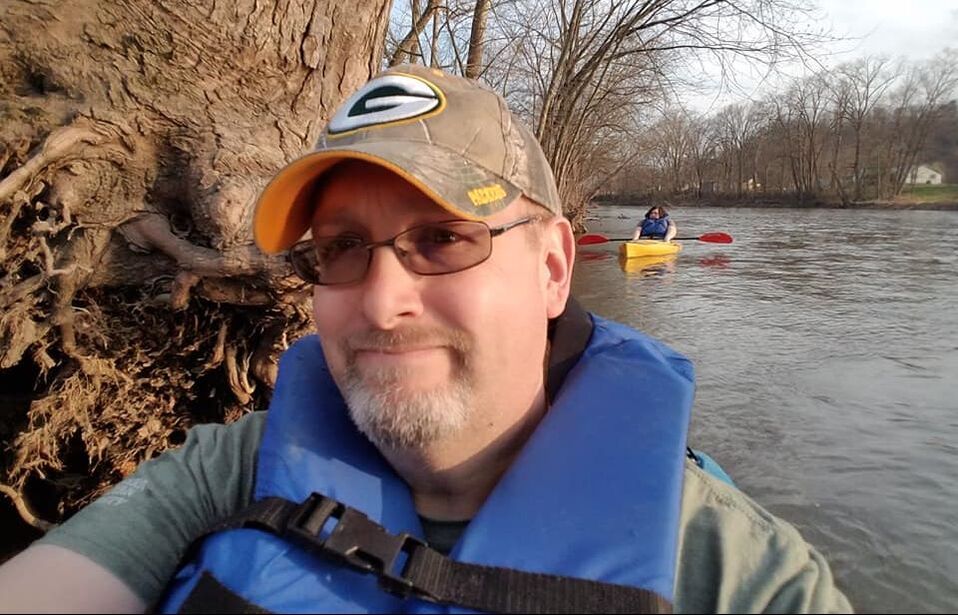
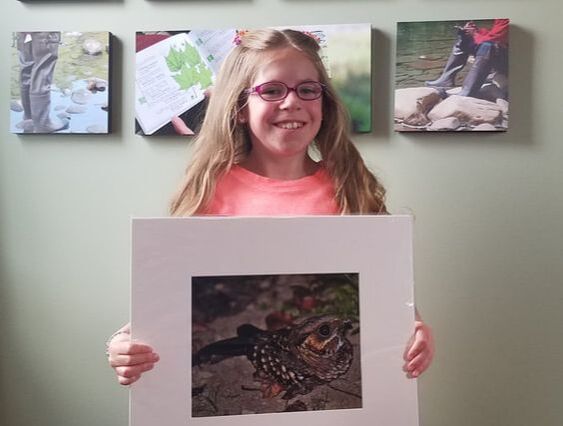
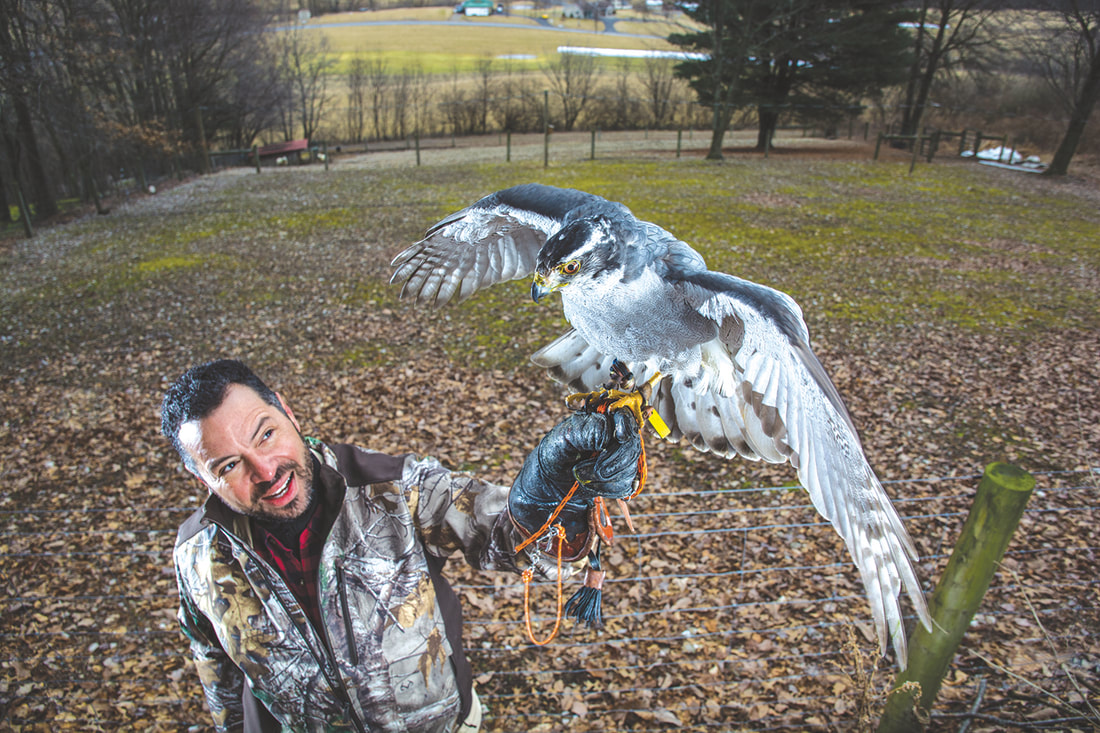
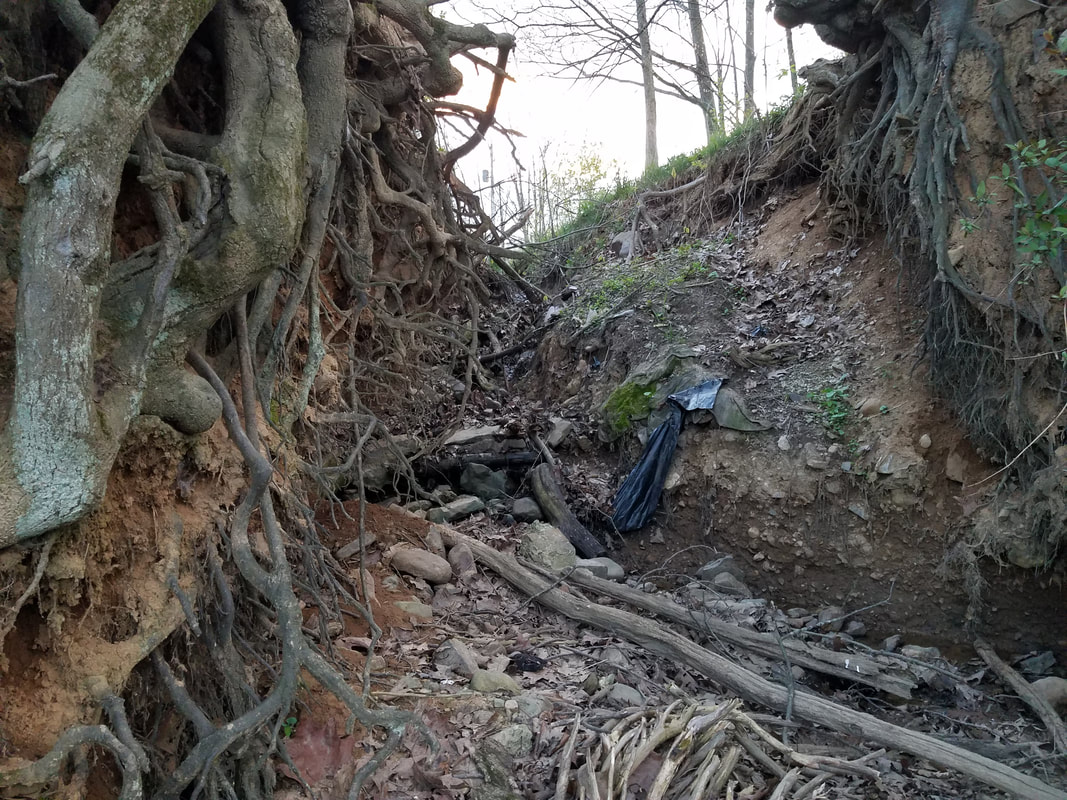
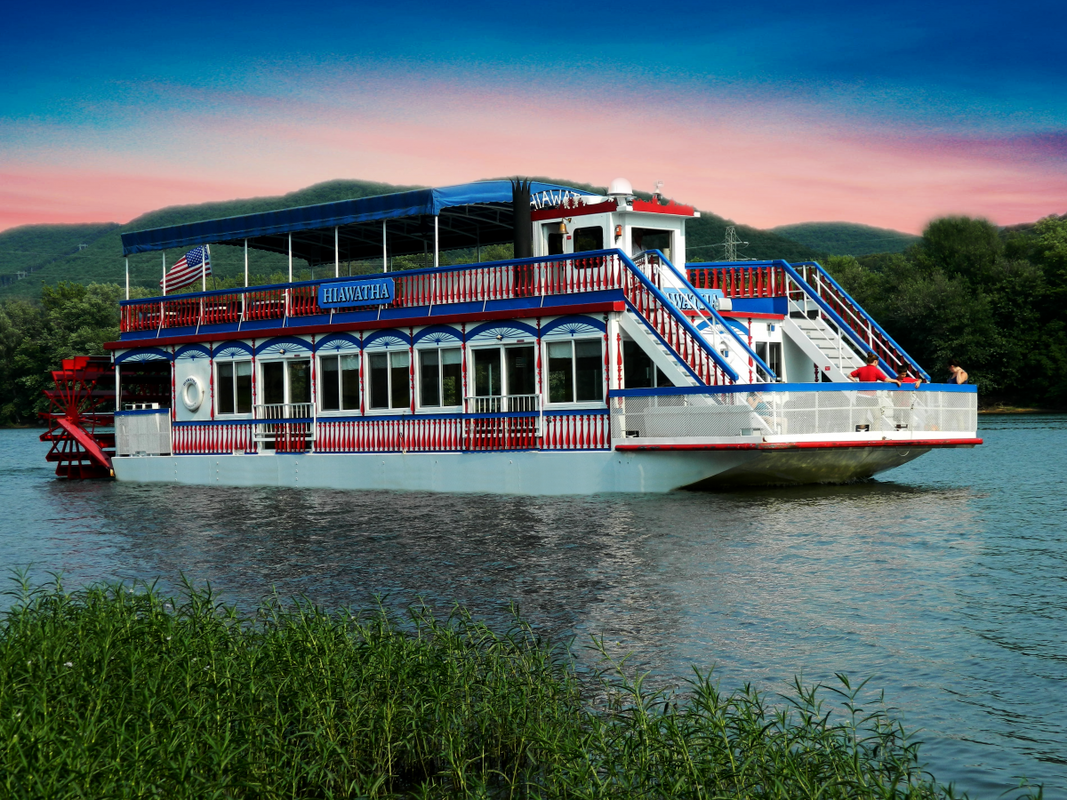
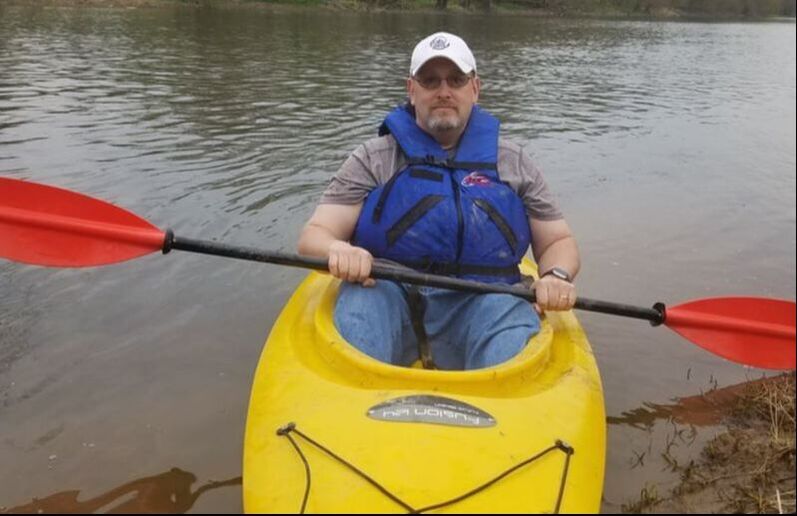
 RSS Feed
RSS Feed